The Salad Dressing Formula
Oct 06, 2011, Updated Sep 12, 2017
Margaret Floyd is a Nutritional Therapy Practitioner based in Los Angeles, CA, who helps clients transition from their current diet to a “naked” (read: unprocessed) diet to help them resolve all sorts of health and weight issues. She wrote Eat Naked: Unprocessed, Unpolluted, and Undressed Eating for a Healthier, Sexier You, a great guide to eating unprocessed foods. Her follow-up, The Naked Foods Cookbook, co-authored with Chef James Barry, is due to come out in May, 2012. Margaret blogs at Eat Naked Now, and you can also find her on Facebook and Twitter.
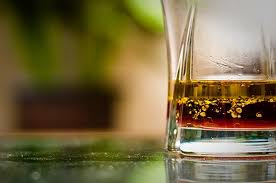
Imagine this: You sit down to lunch over a big heaping bowl of salad. Every color in the rainbow is represented, all your favorite goodies from sun-dried tomatoes, some artichoke hearts, maybe an olive or two. Tender greens, fresh herbs, juicy tomatoes. Maybe some leftover wild salmon from last night’s dinner.
Your mouth is watering as you tuck into your delicious, unprocessed lunch and you reach for the bottle of salad dressing.
Just as you’re about to pour, you remember it’s October Unprocessed and maybe you better check out that ingredients. You’re pretty confident it’s got only the good stuff because after all, it’s screaming its health benefits from the label. Low fat! Low sodium! Organic!
What a disappointment to find the list filled with artificial crap you can’t pronounce.
It’s sad but true. I’ve seen many gorgeous, nutritious, absolutely amazing salads get destroyed by this stuff.
Salad dressing. It sounds so healthy and innocuous, and yet it’s one of the places so many un-naked and over-processed ingredients sneak into the lives of even the most well-intentioned real food lover. Even – and perhaps most deviously so — in those dressings that advertise all their health benefits. Additives, preservatives, low-quality (rancid!) oils, flavor enhancers, emulsifiers, colorings, excessive amounts of salt, and of course, sugar (or worse: artificial sweeteners).
The bad news is that 99% of commercial salad dressings out there have this problem. The good news is that making your own is ridiculously simple.
Here’s the formula:
- 3 parts high-quality oil – extra virgin olive oil, hemp seed oil, flax seed oil, pumpkin seed oil – get creative! Think outside the olive oil box.
- 1 part something acidic – vinegar, lemon, lime
- A dash of salt and fresh ground pepper
- Some fresh or dried herbs if you’re feeling fancy
Combine all ingredients in a mason jar and give it a big old shake. That’s it. You’re done! Keep it in the fridge for the week and use it when you need to.
You can experiment with different oil and vinegar combinations. Here are some of my favorites:
- Flax seed oil and lemon, with a pinch of ground mustard seed
- Hemp seed oil with apple cider vinegar, and a sprinkling of fresh thyme
- The classic Italian extra virgin olive oil and balsamic vinegar, with some oregano, basil and garlic
- For something a little more Asian, try sesame oil (unrefined) with lime, and stir in some peanut butter and a dash of tamari


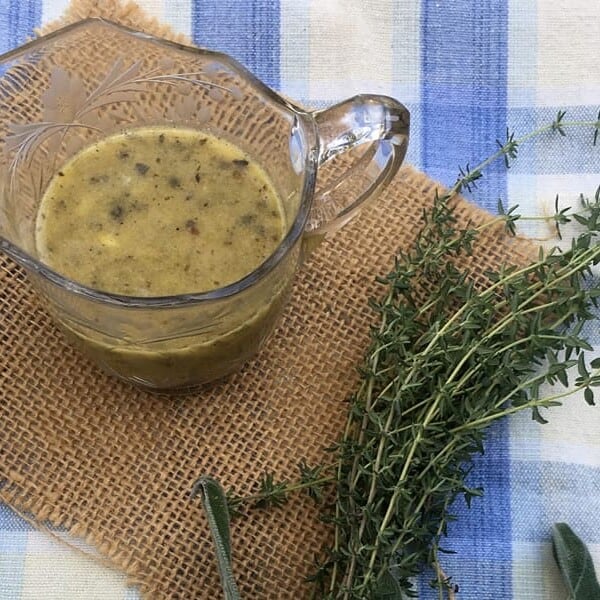
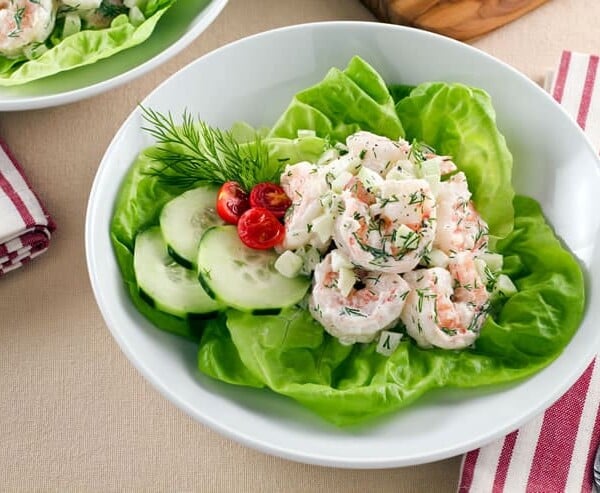
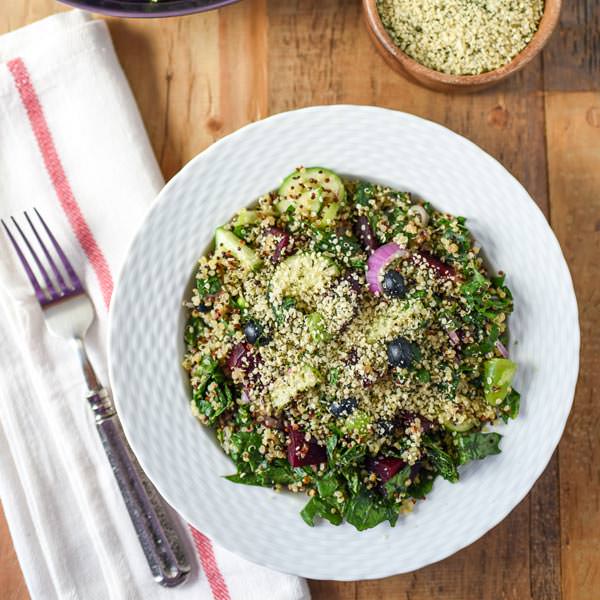
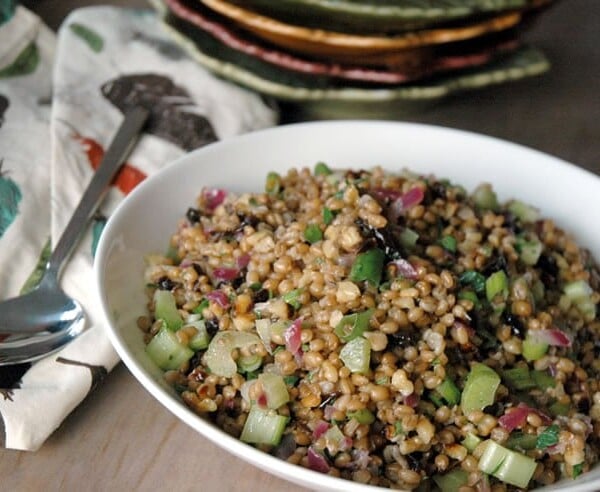















Great post! I made my own salad dressing for the first time yesterday. Do you have a salad dressing flowchart? The breakfast one was fabulous and I’m on the hunt for the others you’ve put together 🙂
Thanks Denise! No salad flowchart (good idea, though!) – but you can find my other printables here:
http://www.eatingrules.com/tag/printables
Also, I have a printable guide to reading the “Nutrition Facts” panel that you can get from my Facebook page, here:
https://www.facebook.com/eatingrules/app_263970983688019
Getting rid of salad dressing is the first tasty step to letting go of processed food entirely. Why compromise delicious fresh or organic foods with all those preservatives and thickeners? Gross. Beyond the taste, the second most fun part is experimenting with oils: sesame, walnut, flax, olive, peanut or chili, then the acids: Bragg’s amino acids, orange, lemon, lime, soy, balsamic, apple…..a little salt, pepper and mustard and voila! You can also add flavors like citrus zest, chopped nuts, garden herbs, garlic, tahini, ginger, nut butters…
right on!
I can’t tell you how many people I’ve met are flabbergasted that I make my own dressing!
One especially stands out in my mind: A woman with a garden, who loves vegetables, whose nickname was tofu, but who has a whole shelf of salad dressings… : / what is wrong here?
I chalk it up to the fact that she grew up with processed food and is still doesn’t realize she can make a much better dressing at home that tastes fresh and that costs less, and her kids will like it.
I’m so happy to see this post. Salad dressing is important!!